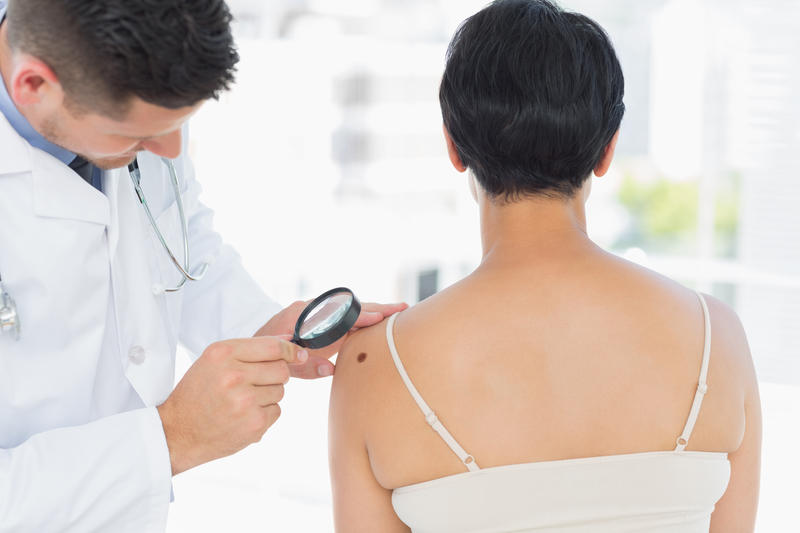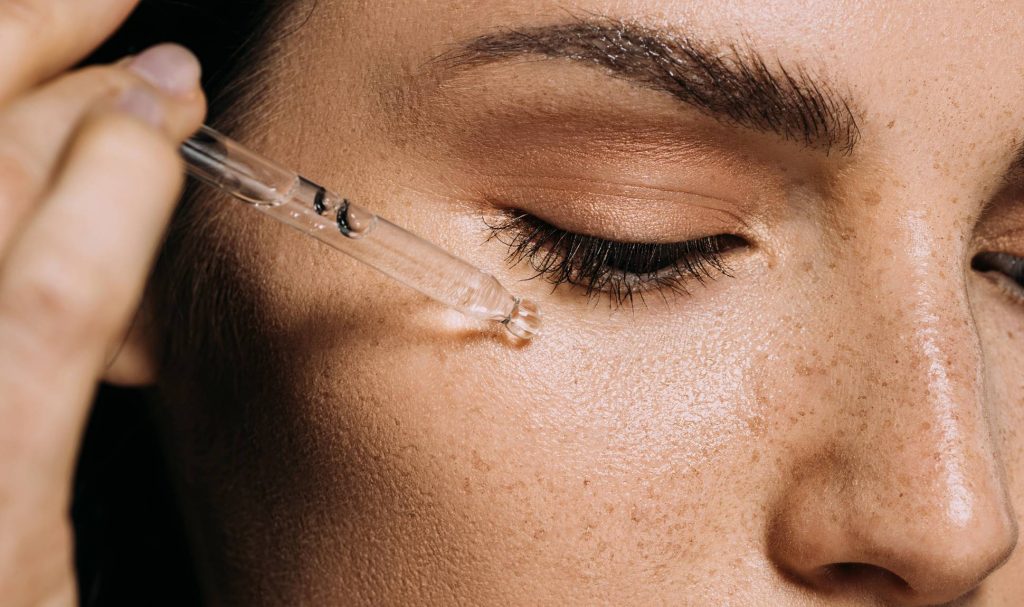Experts tasked with identifying skin cancer in laboratories often disagree over diagnoses, according to a new study.
Nearly one in five suspected cases of skin cancer are likely diagnosed as more advanced than they really are, researchers found. Similarly, nearly one in five are likely diagnosed as less severe when they’re actually more severe.
“The diagnosis is made by a human,” said lead author Dr. Joann Elmore, of the University of Washington School of Medicine in Seattle. “There is no molecular marker or machine that will tell us what the diagnosis is.”
Doctors who analyze and interpret biopsy samples are called pathologists. Elmore said pathologists are not to blame for inconsistent results, however. The cases tend to be difficult to interpret.
“I had my own skin biopsy about a decade ago,” she said. “I ended up getting three different interpretations from three different people.”
“I realized this was an area I wanted to study and quantify,” she said.
Skin cancer is the most common form of cancer in the United States, according to the Center for Disease Control and Prevention (CDC). The deadliest form of skin cancer in known as melanoma.
More than 76,500 people in the U.S. were diagnosed with melanoma skin cancer in 2014, according to the CDC. Nearly 9,500 people died of it that year.
Skin cancer is diagnosed after doctors take a sample of suspicious-looking skin from a patient. The sample is then sent to a lab where a pathologist looks at thin slices of the skin under a microscope to see if there are any signs of cancer. If cancer is found, the pathologists assigns it a stage, ranging from 1 to 5, with stage 5 being a cancer that has likely spread throughout the body.
For the new study, the researchers used 240 skin samples broken into sets of 36 or 48. The sets were then sent to 187 pathologists in 10 states for diagnoses. The same pathologists were asked to review the same set of slides at least eight months later.
For the earliest melanoma, known as stage 1, about 77 percent of pathologists issued the same diagnoses in both phases of the study. Similarly, about 83 percent of pathologists issued the same diagnoses twice for the most advanced melanoma cases.
Pathologists were less likely to confirm their diagnoses during the study’s second phase for melanomas in stage 2 through 4, according to the results in The BMJ.
The researchers also assembled a panel of three experienced pathologists to review the cases. The proportion of diagnoses the panel agreed with varied from 25 percent for stage 2 to 92 percent for stage 1.
Overall, the researchers say, if real-world melanoma diagnoses were reviewed by such an expert panel, only about 83 percent would be confirmed.
They estimate that 8 percent of real-life cases are likely assigned too high a stage. About 9 percent of cases are assigned too low a stage.
“Thankfully most of the biopsies are not of invasive melanoma,” said Elmore.
Dr. Ashfaq Marghoob, a dermatologist with Memorial Sloan-Kettering Cancer Center in New York City, said the results show that pathologists have high certainty when diagnosing biopsies that fall on the extremes of the stages.
“All the in-between cases, there is a potential you may waver,” said Marghoob, who wasn’t involved with the new study.
“This subjectivity has long been understood and recognized by both dermatologists and pathologists and has been demonstrated in previous studies,” said Dr. Jennifer DeFazio, who is also a dermatologist at Memorial Sloan-Kettering and was also not involved with the new study.
Marghoob said the pathologist may diagnose a skin sample differently based on how they’re feeling that day or any number of factors.
“For me, it’s a study to (remind doctors that) pathology is not an exact science,” said Marghoob.




